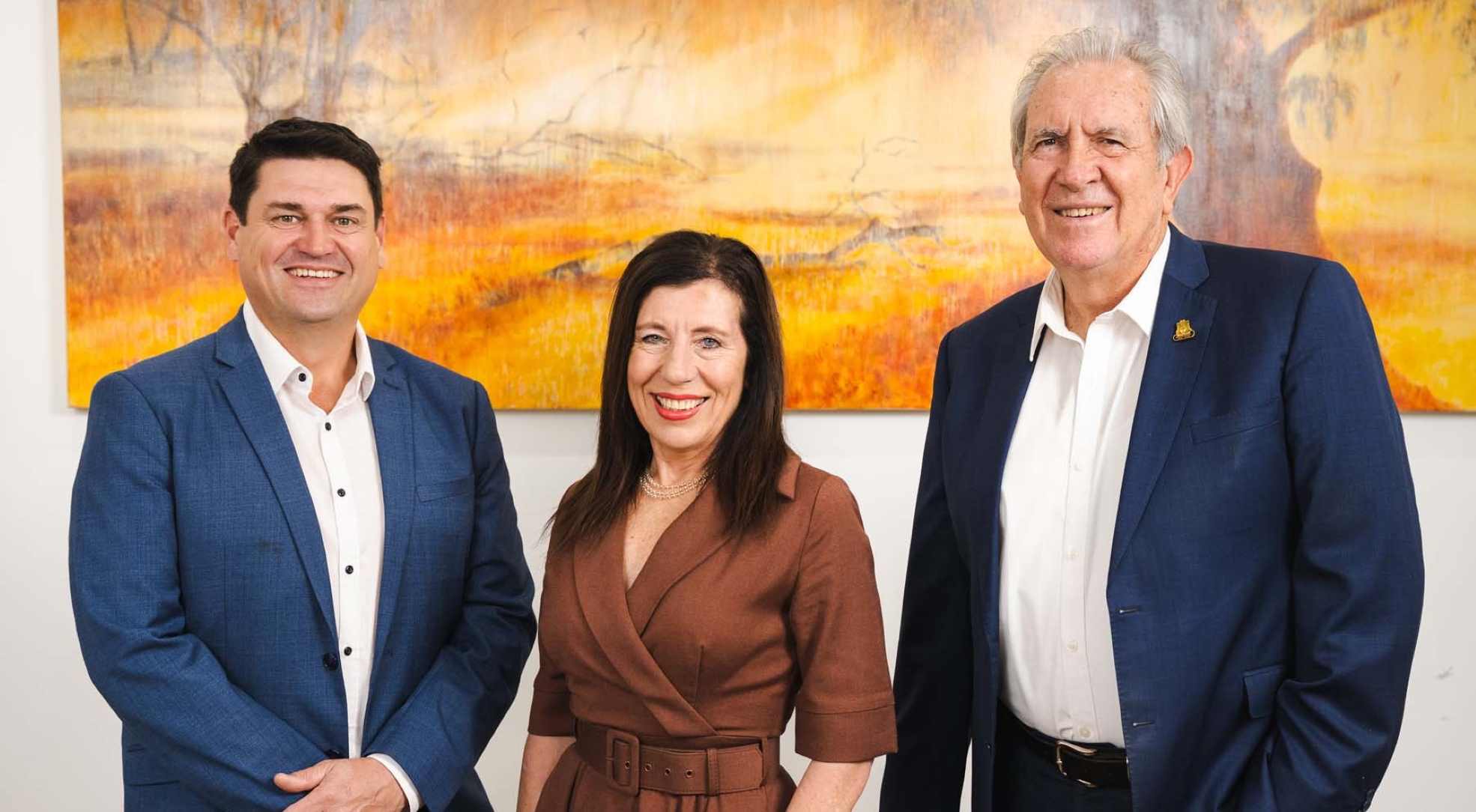As you advance through the managerial ranks, you will be judged increasingly on your ability to present well. Indeed, I would go as far as to say that if you cannot present well, you will never fulfil your true potential.
Presenting to your peers, to councillors or to senior business executives can be a very tough gig. Audiences tend to be incredibly impatient – as the old saying goes, ‘Time is money’. We all have busy diaries, free time is at a premium and we have to make lots of important decisions, often with little time to weigh the pros and cons. In this context, audiences will give short shrift to long and drawn out presentations, with a big ‘reveal’ factor at the end.
I have made countless presentations to audiences across the globe, from speaking at International symposiums at iconic venues, all the way through to addressing community groups at the local village hall. Here are some ‘must know’ tips to get your message across effectively and ensure that you emerge with your reputation enhanced.
Start with a strong summary – use the first few minutes of your speech to achieve credibility- establishing that listening to what you have to say is really worth the effort; this is particularly true when dealing with CEOs and other busy execs – by this I mean, giving them confidence that you’re going to use their time wisely. You gain their confidence by outlining an agenda for your presentation, what its objectives, conclusions and call to action are. Articulate these key points with authority right from the get-go, and you will have your audience interested and motivated to listen.
Use your time wisely – Planning your presentation is vital. You must include space for audience/meeting participant interaction. I have attended presentations where the speaker performed admirably, delivering a superb presentation, but one which left no time for discussion and questions at the end. This is a ‘no-no’. It misses the opportunity for those in attendance to discuss the presentation content, consider any recommendations, and determine a plan of action. It goes without saying that another absolute ‘no-no’ is to overrun your allocated time…as back in the old music hall days, expect the meeting chair-person to have a big metaphorical ‘hook’ to drag you off the podium.
The no surprises rule – OK, that’s too extreme, but limit your surprises. Give those attending what they came for. Say you were requested to give a presentation about options to make your council more efficient, ensure you cover this fully before moving on to anything else. Councillors or the Senior Management Team invited you to speak because they believed you could add value on this particular topic. Ensure you address that specific request directly and quickly. That said, don’t be afraid to introduce (albeit it briefly) any tangential ideas related to the main topic, which you believe are important.

Rehearse, Rehearse, Rehearse: Don’t ever try and ‘wing it’. It really doesn’t work. When you look at the top presenters (for example the legendary motivational guru Anthony Robbins), you might think that this is actually what they are doing – in fact their ‘natural’ ability to sound off the cuff is the result of endless rehearsal. Prior to presenting, do several ‘dry runs’, first in front of a mirror and then a ‘dress rehearsal’ using your slides in front of a trusted colleague or mentor, asking them for feedback. You need to know if your salient points are clear, that your slides summarise the key issues, and that you are addressing the task you have been set when invited to make the presentation.
Dealing with Questions and Interruptions – while the rehearsal process provides a clear structure for your presentation, there are times when you have to deal with issues ‘on the hoof’. Sometimes you will be asked a question partway through, maybe requesting you jump back to a previous slide or maybe even interrupted by a time-conscious chair-person to fast forward through your slides to a particular conclusion. Put aside your frustrations that you have put a lot of time and effort into creating the slides, instead take it as a compliment that you have got your key conclusions over more quickly than expected. Whatever you do don’t appear flustered or knocked off your stride.
For Exec level presentations, you have to have the ability to extemporize, improvise and to be flexible. Your Board level audience might well want you to cover the issues in an order which is different from that which you have prepared for. Yes, I know we talked earlier about rehearsals, but at Exec level the ability to deal with matters as and when they arise is necessary too.
In terms of questions be prepared for your Board to ask questions arising from your conclusions such as, how can we – accelerate the timeline/do it cheaper/minimize disruption to current service levels’. Also, be prepared for a classic Chairperson’s question ‘what happens if we do nothing’?
Know your stuff – the old expression ‘you can’t kid a kidder’ is apt when making Exec level presentations. This is not a time to have little more than a superficial grasp of your subject. You require to know it inside out and back to front. You should anticipate potential questions and be prepared with additional supporting data on any issues that could be viewed as radical, change-related, counter-intuitive, unexpected or a challenge to the status quo. In this regard having back up info prepared is a wise precaution – typically this might comprise of supplementary slides in an appendix section or a spreadsheet ready to go. Senior managerial colleagues or councillors will be impressed that you have been extremely thorough in analysing all the available data.
Know your audience – When making top-level presentations it is vital to know your audience. A number of years ago, I was a wanna-be rising star in local government, and I can recall working for one very dynamic ‘can-do’ Mayor whose favourite phrase was – ‘don’t bring me problems bring me solutions’. With him, I found that by substituting the word ‘problem’ and replacing it with something like ‘current challenge’, my ideas gained much more influence. So before going into your meeting try and discern as much as you can about your audience. For example, how much does your audience already know about the subject matter; what are the one or two really interesting issues which will make them sit up and take note; and, importantly, who might be threatened by your proposals?
Develop your own style – There is no set format when it comes to presentational style, but my own approach is based on coming across as ‘authentic’. If we achieve the goal of our audience believing in us, then it maximizes the likelihood that they will believe in the ideas contained in our presentation. One way of achieving this is by weaving in real-life anecdotes into our abstract facts and figures. All audiences enjoy hearing stories, this why the entertainment industry is what it is. Anecdotes, particularly related to ourselves within the context of our industry (in this case local government) tend to resonate with audiences, and what’s more, they are remembered long after the facts and figures have been forgotten. So, weave relevant anecdotes throughout your presentation and your audience will remember you for all the right reasons.
….. And Finally – Yes, if the above sounds like a lot of hard work, well that’s the way it’s supposed to. There are no shortcuts to making an effective presentation, but it’s worth keeping in mind that to be invited to present to your Council, Board or Peer group of execs is a real privilege and one which can open tremendous doors for you. If you are able to ‘nail’ a presentation, then your ideas will wield a lot of influence and your own reputation will be suitably enhanced.
William J Taylor MBE
Will Taylor is a freelance consultant and speaker. He was formerly a UK Council CEO and a Director with Blackadder Associates.




